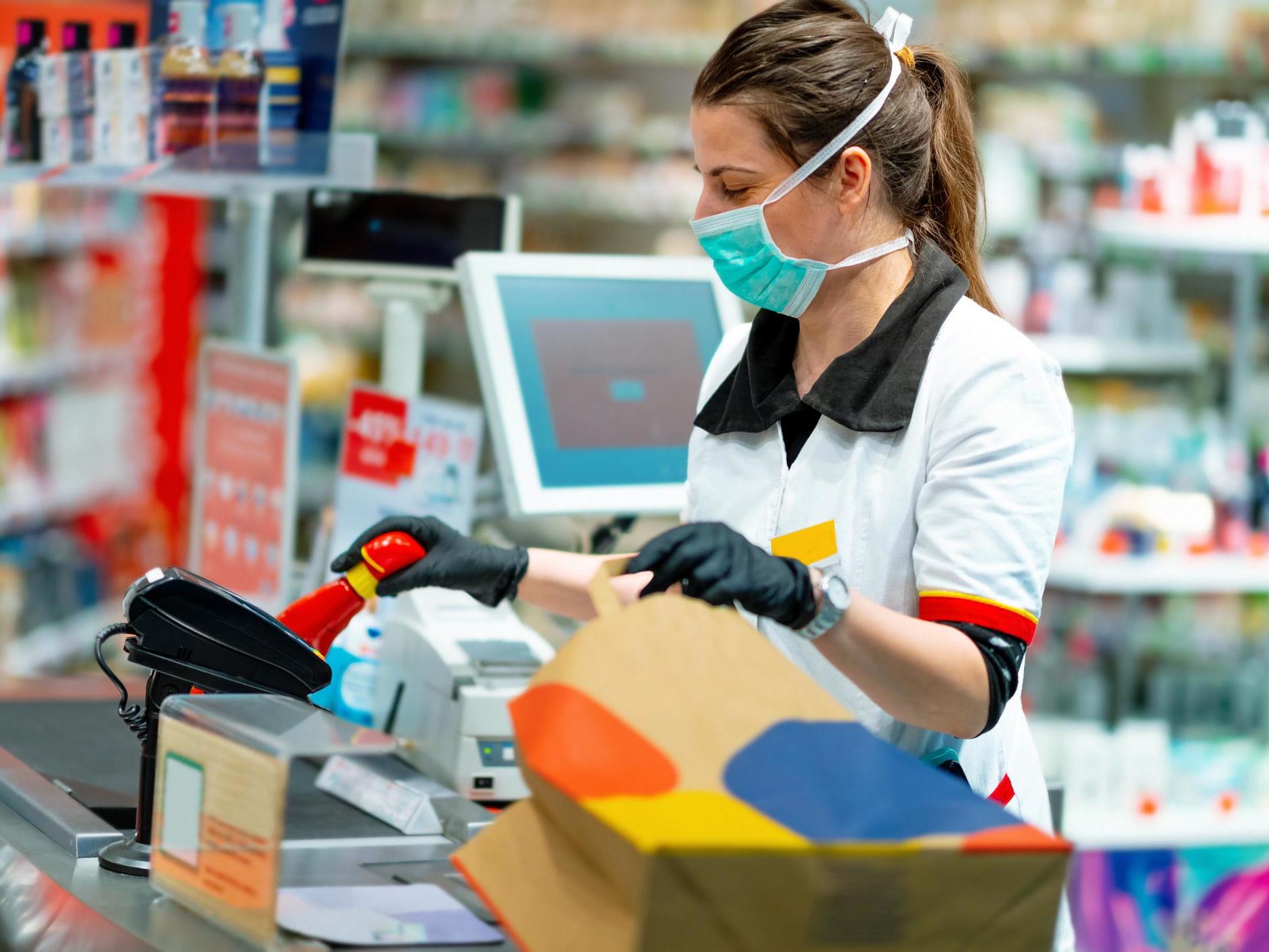As long as the definition of a ‘key worker’ is this vague, the UK won’t go back to work until it’s too late
As confusion spreads, even businesses designated ‘essential’ are having problems enticing people back to work, writes Janet Street-Porter


It’s clear the government seems determined to treat the public like children, to keep us in the dark about when and how lockdown might end. I’m amazed that (to date) public reaction has been so docile.
In some polls, up to 80 per cent of those questioned say they would not feel safe going back to normal life at the present time, while half of respondents accept restrictions might be in place well into June.
We’ve become cowed and fearful. If there’s a “light at the end of the tunnel” (according to Sir Patrick Vallance, chief scientific advisor), then please can we be shown the way out of the darkness? One group of people who do not want the current situation of gloom, despair and darkness to continue a day more than necessary is the business community.
The story is the same, all over the UK. Trains are running with no passengers, buses are empty and factories are shuttered and closed. On the east of England BBC TV news this week, businessmen in Great Yarmouth explained how they are facing huge losses as their car showrooms and laundries remain in lockdown.
In Europe, factory workers are going back to their jobs and assembly lines reopening. Schools will reopen in the coming weeks. But the UK remains slumped in a fog of indecision – and even senior Tory MPs are demanding that the cabinet give us some hope and explain its thinking.
Over and over again, the same question is being asked by employers at every level – what is the UK government’s exit strategy? Does Dominic Raab have one, or is he waiting for Boris Johnson to recover and resume control? To come out of lockdown and restart the economy before we go bankrupt requires a staged return of key workers. Unfortunately, the current definition of what constitutes a “key worker” is – like all the government guidelines, woefully vague and ill thought through.
Just as the “letter from Boris” told us all to stay at home and only exercise once a day without explaining for how long (it was left to Michael Gove to pluck the random figure of an hour out of the ether) – a look at the official published list of key workers makes baffling reading. Supermarkets, pharmacies, and hardware shops can be open – as well as bike shops and garages. But if we go to the hardware shop and buy a can of paint, will Plod stop us on our way home and declare it a “non-essential purchase”?
In fact, very few of these places are open because the government has engineered a climate of fear, reinforced by endless news bulletins touting death and infection rates like football scores.
Here’s a few facts you are not hearing on BBC doomwatch – over the Easter weekend, of the 91,000 available beds in the NHS, 37,000 were empty – four times more than normal. Have we “saved” the NHS already, and if so, why continue the lockdown?
The government is continuing with plans to build seven more Nightingale hospitals, but they may not be required – three are not yet in operation and the one opened at the Excel conference centre in London’s Docklands treated 19 people last weekend – when it has capacity for over 3,000. If the official figures are correct (and that is a very big IF, as the 740 deaths announced on 16 April included people who had died as long ago as 1 April), then the virus has passed its peak. According to experts at King’s College London, Covid-19 cases have fallen by more than 70 per cent in a fortnight.
Raab says the current situation will continue until there’s a fall in death rate and infections, but what is an “acceptable” fall? That will be decided by Sage, which meets in secret and whose members remain anonymous. A body which is increasingly criticised by leading scientists and medical experts, who describe it as a “little clique”. Even within Sage, there has been huge disagreement about the way out of lockdown. Currently, one in five victims are aged between 80 and 84 and the largest group is aged between 75 and 84. Businessman Hugh Osmond thinks the government is persisting with the wrong strategy by continuing lockdown for all – he thinks that funding should be poured into protecting the elderly and allowing the young to return to work.
The government has said that testing is key to ending the crisis, but tests are restricted to “key workers” and remain woefully short of their goal of 100,000 a day by the end of the month. Earlier this week, testing had inched up to 19,000 in 24 hours, but care workers claim that only 500 had been tested in spite of government promises. One expert describes the 100,000 goal as a “political rather than feasible” target. Now, home testing kits for key workers are going to be sent through the post, delivered by Amazon. Results will be texted within 48 hours of being collected.
Surely this is the way forward for business to gradually reopen? Even businesses which have been designated “essential” are having problems enticing people back to work because of the current climate of fear – fear which has been grossly exaggerated when Sage says the current rate of infection remains below 1, meaning one carrier is likely to infect just one other person.
It’s no good expecting agriculture to carry on if farmers cannot recruit workers – this week, the first of six flights from Romania brought foreign pickers to the east of England to pick fruit and vegetables. The construction industry can only fully function if suppliers reopen. At present, plumbing, timber, concrete and most building materials are in short supply because there’s no clarity about what is “essential”. They are as “essential” as pet shops and launderettes. Likewise, why is a showroom selling cars closed but a garage selling petrol open?
Getting the UK back to work means redefining who are key workers and funding employers to provide them with the right protective clothing (if necessary) and weekly testing. What we need is a way out of the tunnel before we go bust.
Join our commenting forum
Join thought-provoking conversations, follow other Independent readers and see their replies
Comments